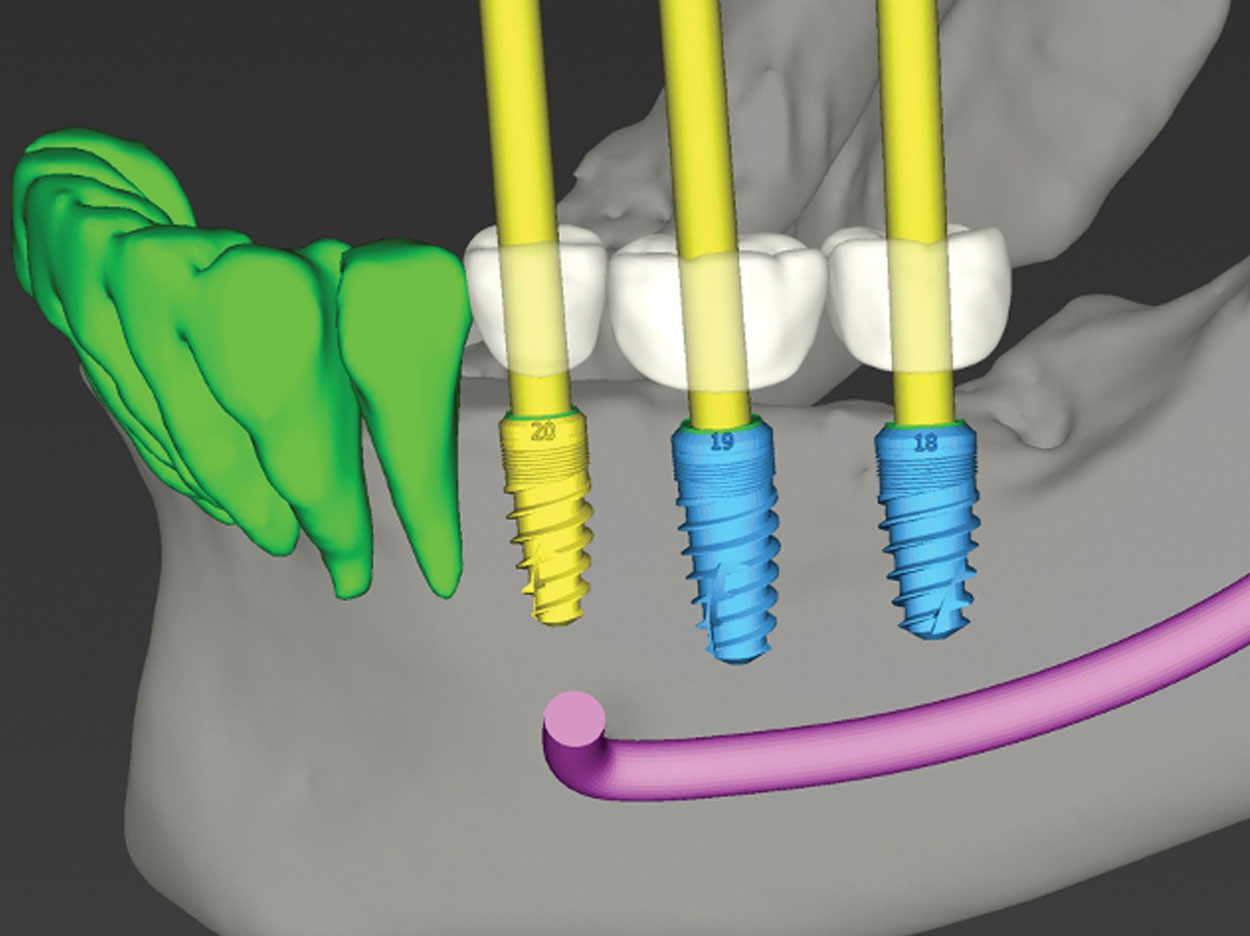
What makes for a successful dental restoration? Some may say that success occurs when the margins of our crowns look complete on a digital radiograph, or that occlusion has perfect tri-podial contacts, or when the shade and shape of the tooth look ideal. Emergence profile and smile design are important considerations in all our dental therapies, but especially when considering dental implants.
In this issue, Dr. Randy Resnik, a true leader and educator in all facets of implant dentistry, discusses in great detail the complications that can occur when practicing implant dentistry. Many of these complications are the result of improper treatment planning and the execution of surgical placement, as well as prosthetic design flaws. Again, visualizing the case finished before ever starting is certainly a major part of the art of dentistry. However, how is this achieved? Understanding the benefits and limits of the dental implant is critical to achieving a positive long-term prognosis. To optimize the end result, the clinician must address knowing which cases are appropriate to do and to evaluate which cases may need more invasive procedures. It is not simply about collecting a fee by threading a screw into the jaw! Complications may result in an unhappy patient who assumed that this reasonably expensive treatment would improve his or her form and function and quality of life. Retreatments are expensive and eliminate any profit margin the dentist may receive.
In another excellent article, Dr. Elaine Blylis discusses the newest diagnostic tools that can help the less experienced dentist diagnose, treatment plan, and surgically place implants at an exceptionally high level. Being able to virtually design the final prosthesis prior to any surgical intervention allows the practitioner to determine which cases are appropriate for any given practitioner (based on his or her experience and comfort level) to tackle. Technology allows us to educate and instruct our patients about our treatments and helps us provide the best possible product. Chair time and cost to the patient are reduced, thus providing the profession a dynamic means of providing care.
Continual postgraduate education is a big factor for success in our practices, and I hope that our 2 quality submissions on implant dentistry inspire and motivate you to get involved and to better realize the possible benefits and risks.
If you have any questions or comments about this topic, or any other subject presented in Implants Today, feel free to contact Dr. Kosinski at drkosin@aol.com.
Related Articles
Technology to the Rescue: We Can Grow Bone!
Patient Demand for Implant Dentistry Grows












